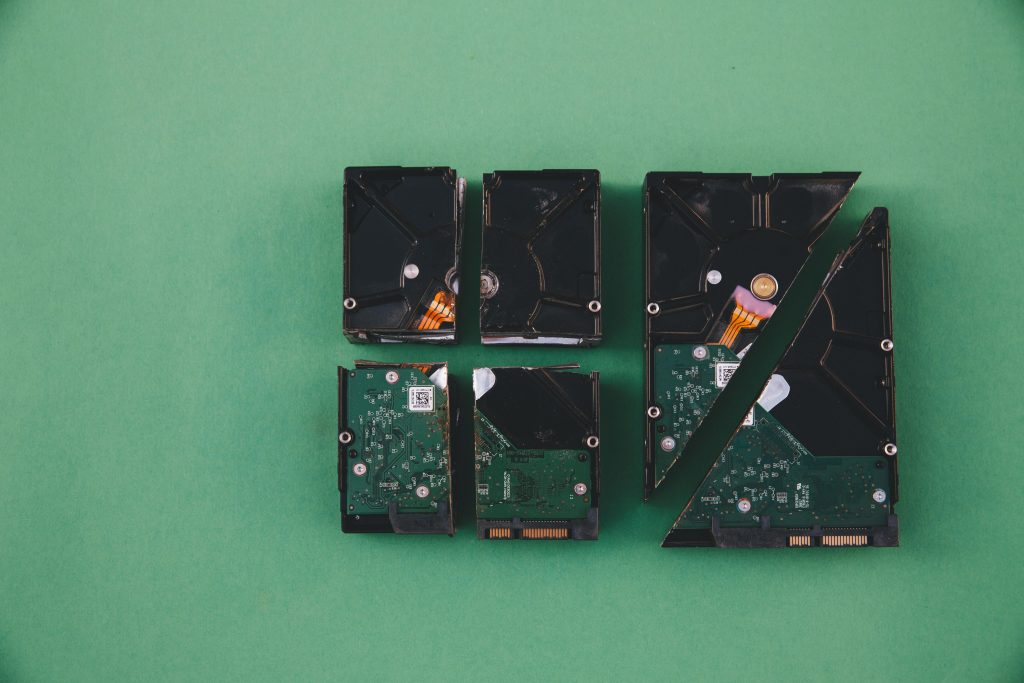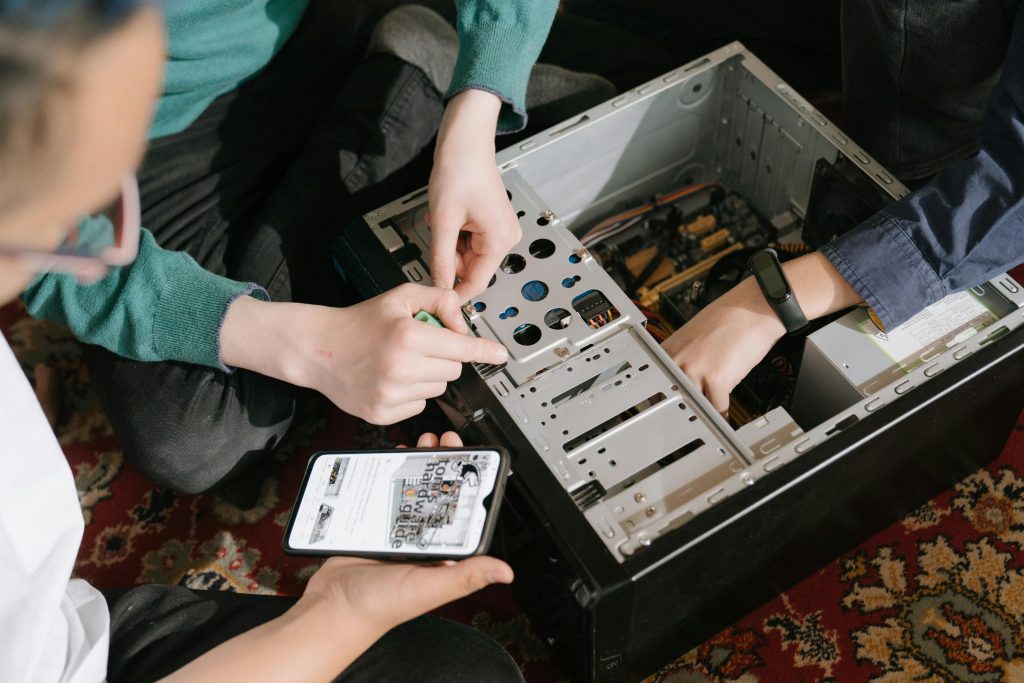Troubleshooting a Non-Starting Computer: A Step-by-Step Guide
Encountering a situation where your computer suddenly refuses to power on can be stressful, especially if your system was functioning perfectly the day before. If you find yourself in this predicament, it’s important to approach the problem systematically to identify the root cause. Here’s a comprehensive guide based on real-world troubleshooting experiences to help you diagnose and potentially resolve such issues.
Step 1: Confirm the Power Supply is Functioning
One of the first components to suspect is the power supply unit (PSU). To test whether your PSU is operational:
- Perform a Paperclip Test:
Disconnect the power supply from your computer and find the 24-pin connector that connects to your motherboard. - Insert a paperclip into pin 16 (usually green wire) and pin 17 (a black wire).
- Connect the power supply to AC power and switch it on.
- If the PSU fan spins, it indicates the PSU is providing power.
Note: This test doesn’t guarantee the PSU’s full functionality but suggests it is capable of powering the system to some extent.
Step 2: Check Basic Connections and Power Sources
- Inspect all power connections: Ensure all cables from the PSU to the motherboard and peripherals are secure.
- Try different outlets: Test the power cable and outlet by connecting to a different socket to rule out external power issues.
- Test with a known-good power cable: Sometimes, the cable itself may be faulty.
Step 3: Examine the Motherboard
Your motherboard model, such as the “X470 Aurora Ultra Gaming,” is central to booting. Since there’s no initial indication of motherboard failure, consider:
- Look for visible damage like burnt components or swollen capacitors.
- Confirm that the motherboard’s power button leads are properly connected.
- Check for any beep codes or LED indicators on the motherboard (if available) when attempting to power on.
Step 4: RAM Troubleshooting
Memory modules are common culprits in startup issues:
- Remove all RAM modules and reseat them firmly in their slots.
- Try booting with one module at a time, testing each slot if necessary.
- If the system still doesn’t power on, RAM issues are less likely, but not impossible.
Additional Tips and Considerations
- Monitor for Beep Codes or Diagnostic LEDs: These
Share this content:


